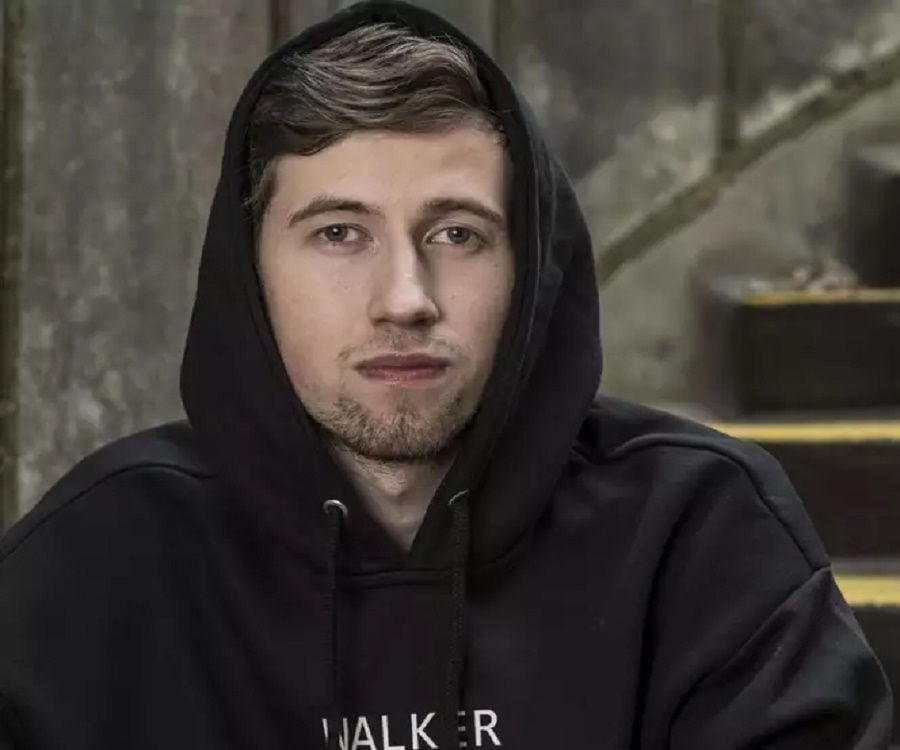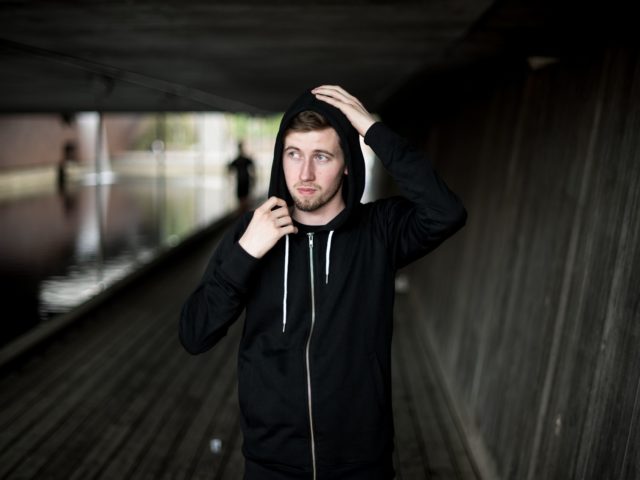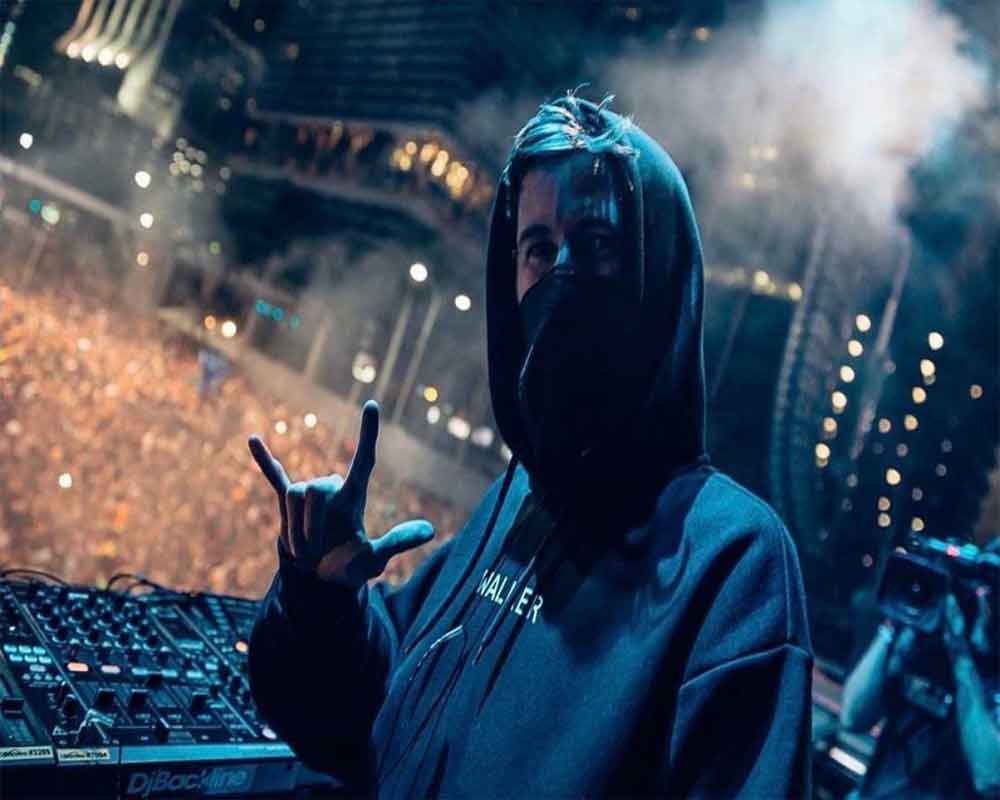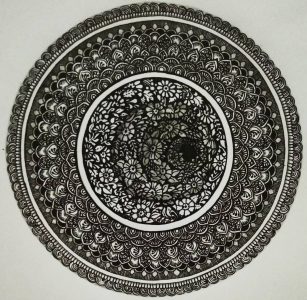In the modern age where you ‘work hard and party harder’, it is quite obvious to develop an affinity for EDM.
EDM stands for Electronic Dance Music. The name is quite self-explanatory. It’s an overarching term for various genres of music that employ danceable beats and is often played in nightclubs, raves, and music festivals.
According to EDM statistical data by Low Tone, The global economic assessment of the EDM Industry was estimated at $7.9 Billion in 2019. Doesn’t leave the space to speculate EDM’s popularity right?
Even Billboard confirmed an astounding 12-percent growth within one year (2018-19) in EDM industry despite a relative slowdown in 2015-16. The reason can be traced to an apparent musical revolution that originated from club music. The drop beats and high musical engagement, that EDM lent to the market, has been attracting huge businesses to imbibe EDM beats in product launching, events and other such marketing highlights.
Additionally, EDM has found popular incorporation in several musical genres and subgenres besides its standalone reputation. Looking from a broad perspective, the progress of EDM has been largely visible yet there are a few submarkets like YouTube Subscriptions, Festival tickets, Albums and Clubs that have contributed significantly to both the economic and brand value of EDM industry.
But there has been certain disappointment with the making of EDM as well. Many music producers in India have been remaking Bollywood classics into EDM which often has raised discontentment among music consumers. Probably such re-making, rebranding, and re-selling assists producers to recycle the content and meet the demand of new-generation music that often caters to the party-goers.
Not to divert much from the topic, somewhere between 2000-2010, even the American entertainment (music) journalists used EDM as a term to rebrand dance music culture and resell them. Yet, to hold EDM synonymous with remaking would be highly superficial. EDM does have an original angle which does not fidget with classic songs.
To provide a sensuous sensibility for polishing your perspective, popular EDM, in the current times, sounds like Avicii, David Guetta, Marshmello, Martin Garrix, KSHMR, and so on. One such glowing talent in the EDM production landscape is Alan Walker.
In this article, I would introduce you to some lesser known facts about Alan Walker and his songs. So without much ado, let’s get right into it.
Who is Alan Walker ?

Alan Walker is a popular Norwegian-British record producer, and disc jockey (DJ). He was born in Northampton, Norway on August 24, 1997, Yes! He’s currently only 23 years old ( as of 2020) and his fan base is quite huge across social media platforms, especially Youtube.
But the astounding fan base doesn’t alone define the talent of Walker. He has been ranked 26th on the DJ Mag of 2020. Alan Walker has been producing EDM since he was 14 and his source of inspiration is quite amazing to have a look at.
How was he inspired to produce songs?

David Whistle’s song in 2012 inspired Alan Walker to dive deeper into the realm of music production. Walker contacted David Whistle to gather further insights into the process of producing music. As his interest started to gather momentum, Walker imbibed deeper inspiration from film composers Hans Zimmer and Steve Jablonsky along with EDM producers K-391 and Ahrix.
Alan Walker went under the name DJ Walkzz and produced music on his laptop using FL Studio known as FruityLoops, a common program for beginners. Starting his journey with music when he was just 14, Alan produced a couple of his songs in his small bedroom in Bergen, Norway. On 17th August 2014, a week before turning 17, he released his debut single “Fade”. The vocals of the song “Fade” was remastered by him and re-released as “Faded”, featuring the Naustdal pop singer Iselin Solheim, on 8th December 2015. This song gathered an astounding response across Youtube, Spotify, and SoundCloud, lifting the young music producer to global fame and recognition.
When did Alan Walker rise to fame?
Alan rose to fame with his 2015 remastered version of the “Fade” song- “Faded”. Alan’s “Sing me to sleep” was a vocal follow-up to fade which was released subsequently.
To give back to his fans for the superfluous amount of support and love that they had poured over Alan’s music, the young DJ produced “The Spectre”, music with the same story as “Faded” and added vocals, remastered to give it a brand new format not much alienated from the core melody that Alan’s fans cherished and recognized.
Alan said in an interview, “It was a gift to the fans because they had been asking for it for so long and I think it was a perfect way to give back to the people who have been there since the very beginning.” The songs came up without copyright claims making them accessible to millions of creators and members of the gaming community.
With the release of “Tired,” a single featuring the Irish singer/songwriter Gavin James in 2017, followed by “Ignite,” a collaboration with Julie Bergan, K-391, and Seungri in 2018 to “Darkside”, featuring Au/Ra and Tomine Harket and “Diamond Heart” featuring Sophia Somajo in the same year 2018, Alan hit the rank one on the Norwegian chart repeatedly one after the other. These high performing songs were later included in his debut album Different World which has been a chartbuster in itself.
Quite a well mix of effort and destiny young man!

Alan made his live debut at the X Games in Oslo in February 2016. Hereon, Alan Walker became the most revered and anticipated face in high profile music festivals.
Interestingly, “Alone” was the first song that Alan produced entirely in a studio and on the same day. Walker shares, “We worked the lyrics on the same day and everything came together.” Alan typically writes an entire track in instrumentals and shares it with a vocalist who then makes the required adjustments. Returning to the adjustments, Walker makes the alterations to fit the vocals.
In 2019 Alan brought the singles “Are You Lonely” with Steve Aoki and ISÁK and “On My Way” featuring Sabrina Carpenter and Farruko that won more than millions of plays and views across social media + music platforms. Walker released another popular set of songs like “Alone Pt.II” and “So AM I” ft Ava Max, “Time” ft Hans Zimmer and Space Melody ft Edward Artemyev in 2020 along with many other catchy and interesting music like Heading Home ft Ruben, Far Away ft Rememdus, Selfish ft. Madison Beer and so on.
Some “where” in Alan’s songs

One can not deny noticing Modernist elements in Walker’s songs that deal with modern existential crisis. There is a mixture of alienation and longing in the lyrics that goes on to either claiming one’s self back from a relationship or joining a larger group of similarly alienated people to find belonging. The songs serve as a friend next door who show up right when you feel lonely and make you want to dance your grief out. It is when you realize your self sufficiency beyond the sadness, you feel more powerful. Not just that- you also end up having a go-to-playlist of Alan Walker-only-songs to revitalize your inner self whenever a discomforting loneliness strikes in.
Another best part of the songs is its relatability or relevance to opposing moods. You may find yourself enjoying the songs in your lows as well as in your most uplifting phases of life. The rising and falling beats of the music mask and puncture the chilly-dark or rather dystopian side of the lyrics that follow. Unarguably, the beats, drops and the overall musical experience engage the listeners to almost embrace every tart and hurt in the emotions of grief or heartbreak.
Why is Alan Walker’s song so catchy?
Alan confesses to be laying emphasis on generating a wavy experience with the music he produces. Talking about the beats and musical composition, Alan shared, “With “Fade”, the predecessor to “Faded”, it took months because I couldn’t figure out what to do with the second drop. I really want to create my tracks to have the 1st drop and then have a variation on the 2nd drop. When it came to “Faded”, we combined the melodies into one drop”
What does Alan’s hoodie and mask style symbolize?

According to Walker’s interview with EDMCanada, The hoodie and mask for live shows were decided to form a symbolic representation of Alan’s style and personal interests. It was highly inspired by the video game Watchdogs, and the TV series Mr. Robot whose protagonist of the same name inspired the music video for “Faded” that featured a guy in a backpack much similar to Mr. Robot.
In Alan’s own words, “We ( team) wanted to use the hoodie and mask as a symbol of unity, and that anybody can be an Alan Walker, no matter who you are, your ethnicity, what you’ve done, or what you do. I think that’s a pretty cool image to have”
Indeed Alan! You inspire so many youth across the world with your style of EDM and ofc, the style.
I hope you really found this piece insightful! DO go and check out Alan Walker’s songs if you haven’y heard them already!
This article has been formulated in 5W 1H form. Did you notice it? let me know your thoughts about the style and structure. Also drop me a mail at kajoltanaya99@gmail.com for any help with content or research. Looking forward to hearing from you!
